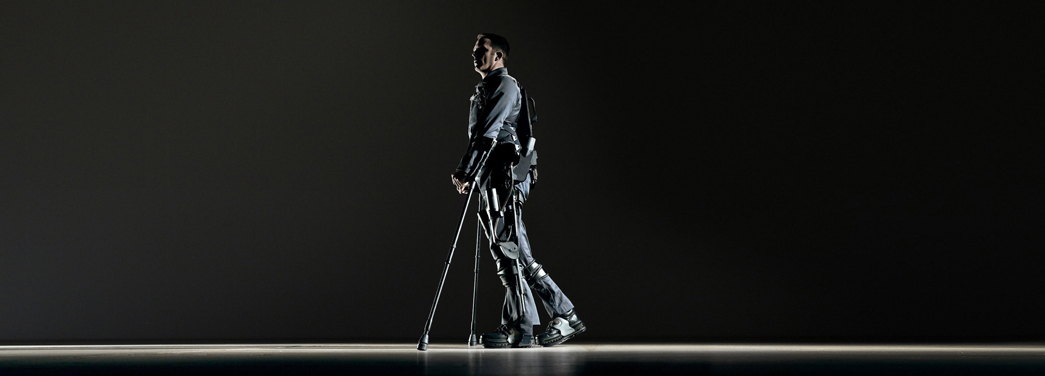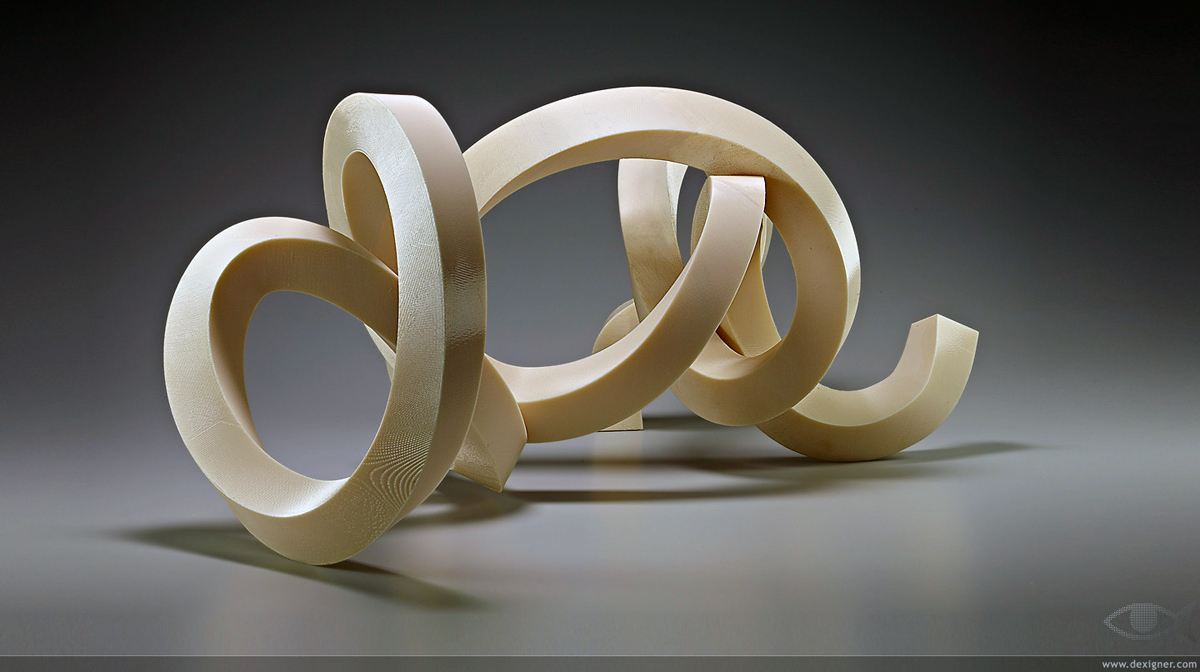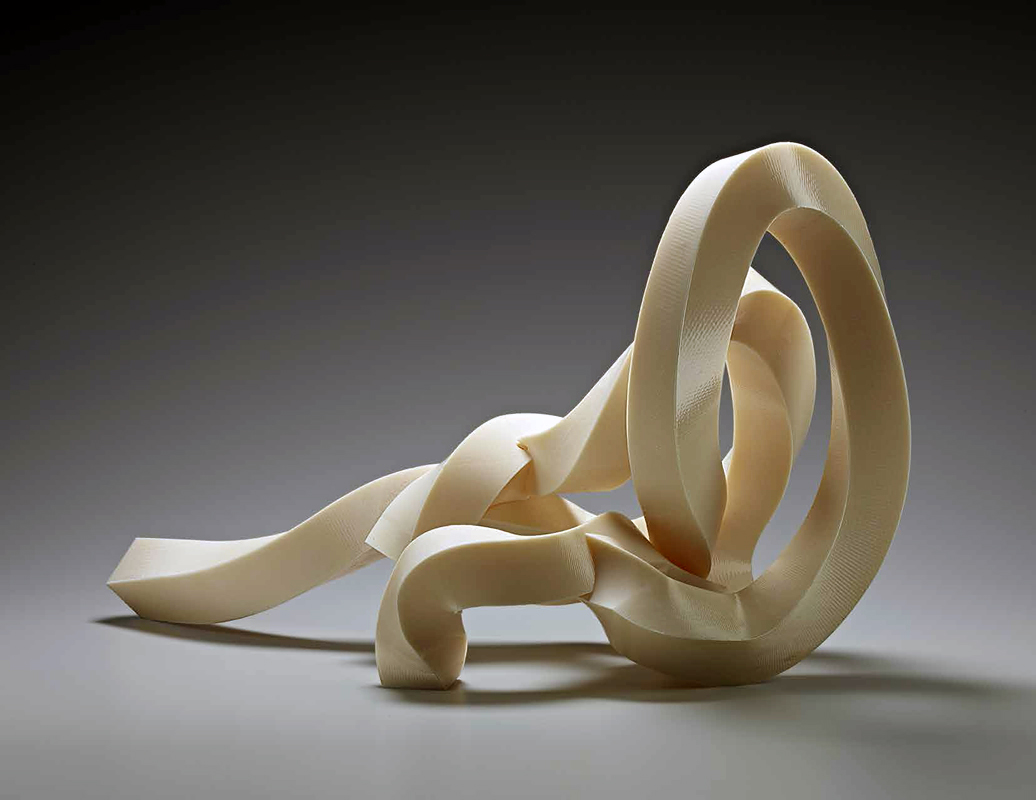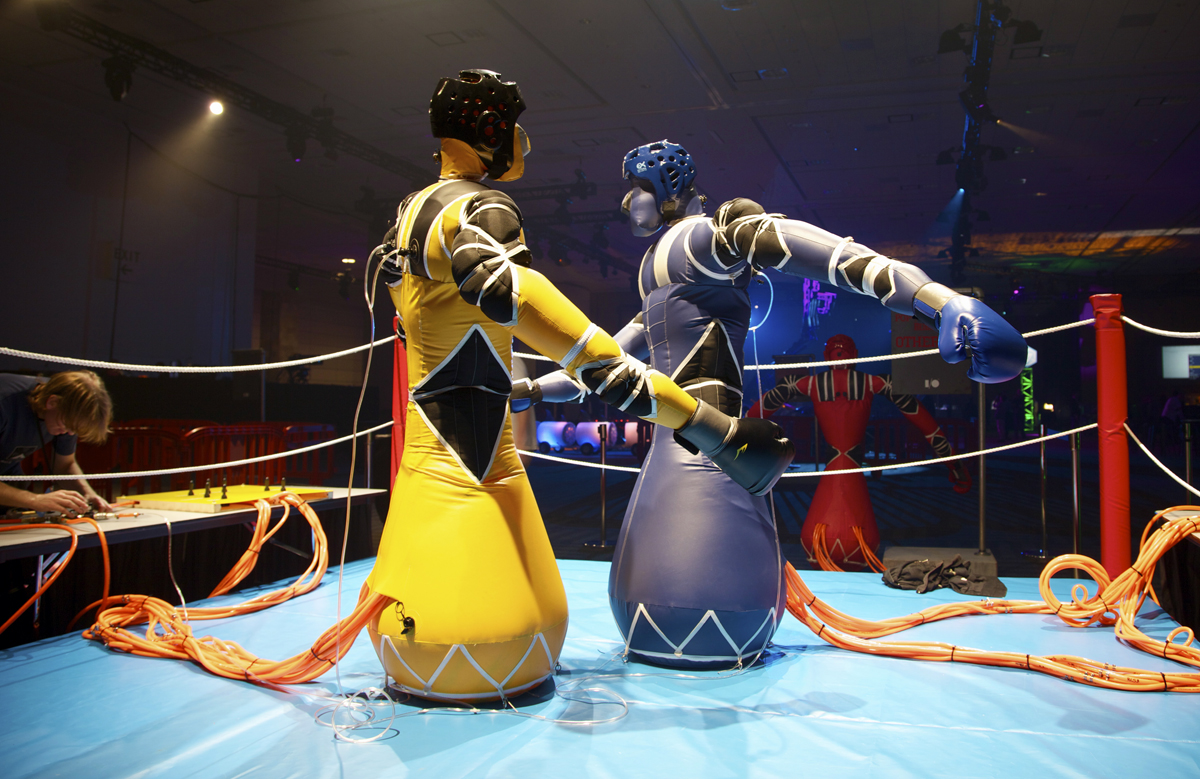The best reason to go to REAL 2015 is not just to see where all of this 3D technology converges and creates entirely new processes within a larger ecosystem, it’s about seeing how tremendously skilled people use and improve upon existing technologies in a wide variety of ways, in an expanding number of disciplines. As the physical and digital worlds converge, the traditional skills and training people bring to these emerging technologies (which those same people sometimes also invent and use) are what will be most interesting to see. The event will see over 500 experts and businesses presenting and exhibiting, but for a brief highlight of this meeting of the minds, here are 10 that may be of particular interest to 3DPI readers.
1.) UNYQ: 3D Printed Prosthetic Covers
Eythor Bender, the CEO of UNYQ, is into robotics, bionics, and prosthetics, to say the least. We’ve reported on UNYQ in the past, as they have used 3D printing to bring fashionable and highly-stylized, custom prosthetics to amputees. Before this position, Bender was the CEO of Ekso Bionics, bringing the company from a research and development lab to a commercial entity that recently went public.
This company is just as fascinating as UNYQ, due to the invention of the Ekso, a wearable robot that allows wheelchair users to stand and walk! Prior to his work with Ekso, Eythor was the president of Icelandic company Ossur, which designed non-invasive lower limb technologies. He spent 13 years building and transforming that start-up into a global, publicly traded company with over 1,600 employees.
2.) Ember & Spark: Autodesk’s 3D Printing Platform
At REAL 2015, I’ll finally get to see Autodesk’s Ember SLA/DLP 3D printer up close and, hopefully, speak with some of the team that built it. Autodesk is now taking orders for Ember, and I’m curious to ask if there will be any integration of existing Autodesk software, like ReCap or Fusion 360, into the open Spark Software. Knowing that Autodesk intends to release the CAD files for the Ember’s hardware in the future will make it even more interesting to see it in action at the REAL event.
3.) Austin Heinz: Laser Printing DNA
We’ve reported on Cambrian Genomics several times before and it still amazes me that we live in a time where there is a demand from researchers in academia and industry to order or clone greater than $1 billion of DNA per year. As the CEO of Cambrian Genomics, Austin is in charge of the first hardware/systems for laser printing DNA. I’m curious to know a lot more about this growing DNA market and how Cambrian Genomics technology creates the four proteins that yield DNA. He’s been labeled “controversial” by some for his views on what he calls “the democratization of creation.” Recently at a conference in Vienna, he said “We want to make totally new organisms that have never existed.”
120 investors poured in $10 million, announced in November. Among these investors was Peter Thiel’s venture firm, Founders Fund. Timothy Draper, Venture Capitalist and investor in Cambrian Genomics, praises Heinz as an “exceptional leader with a unique passion for his business.”
4.) Bruce Beasley: 3D Printed Sculptures
In 1962, the Museum of Modern Art made Bruce Beasley the youngest artist to be included in their permanent collection by acquiring one of his sculptures. Since then, he’s been stunningly prolific. His sculptures have been included in the permanent collection of 33 art museums around the world; he’s had over 55 solo exhibitions in the US and abroad; he’s been included in hundreds of group exhibitions, at international and world fairs; and he’s been commissioned for 35 monumental sculptures around the world.
On top of all of those accomplishments, Beasley was also one of the first artists to consider and adopt 3D printing in his work, producing the elegant Coriolis Series showcased above. I’m interested to know what drew him to the technology and how it has affected the work of one of America’s most prominent sculptors. While I’m in San Francisco, I may wander over to Palo Alto to check out his Arpeggio 5 sculpture commissioned by the city, and then check out his solo exhibition of 5 large sculptures on the campus of the University of California at Berkeley happening right now.
5.) Prof. Shawn Douglas: Medical Nanobots
If you are interested in inventing new methods to “construct and manipulate biological molecules at the nanometer scale”, be sure to see Shawn Douglas at REAL 2015. Shawn is currently an Asst. Professor in Cellular & Molecular Pharmacology at the University of California, San Francisco (UCSF), where he recently started his own lab. It’s my hope that Shawn can elucidate his research on tackling medical conditions that are notoriously difficult to treat (such as cancer). As you’ll see in the video below, Shawn explains how he’s been working on a new class of DNA nanobots medicines that reduce off-target effects and increase specificity:
6.) Tim Zaman: Custom 3D Scanning Devices
Zaman’s talk is going to be of great interest to those of us who are interested in customized scanners. Specializing in computer vision, he developed a 3D scanner for paintings captures color and topography simultaneously. If you’re a fan of huge amounts of point cloud data, this will be of particular interest to you: The scanner that Tim developed was used to replicate all 2 square-meters of the Jewish Bride by Rembrandt, which captured a massive pointcloud containing over a billion points! Tim is now a part-time PhD student at the Delft University of Technology, where he is researching and developing new imaging systems for examining and preserving cultural heritage.
7.) Bastian Schaefer: 3D Printed Jetliners
Bastian’s TED talk was one of the first ones I saw regarding the design possibilities of 3D printing. If you don’t remember, it was the mind-bending Airbus Concept Cabin with a Bionic Structure. This was part of his work with the Cabin Innovation Strategy & Concepts team in Hamburg. The work he did was so popular that Bastian was invited to speak at TEDGlobal 2013, BOLDtalks 2013, and was interviewed by Forbes, BBC, CNN, and many other media organizations. Right now, Bastian is the project leader of the Bionic Partition project, a joint-innovation project with Autodesk and a few other partners, focusing on creating multi-objective optimization approaches in concert with 3D printing technology. Aside from 3D printing, Sebastian’s professional curiosities revolve around Synthetic Biology, Robotics, Bio-Quantum-Nano-Technology and sustainability. I’m curious to see what one of the core leaders in solving issues with product design has to say about emerging process innovation strategies.
8.) Saul Griffith: MakerWare & Inflatable Robots
Otherlab is a very imaginative workshop and startup space founded by inventor and MacArthur Genius Grant recipient Saul Griffith. Otherlab’s workspace brings together engineers, designers, and makers, to create and pursue such fantastic ideas as inflatable robots and Othermill, the Kickstarted home CNC milling machine. It will be interesting to learn more about what Saul has been working on lately.
9.) Leslie Oliver Karpas: 3D Printing Medical Devices
Leslie has created an amazing medical device startup company named Metamason. By combining 10 years of 3D printing experience with elements of architecture, robotics, holography, industrial design, manufacturing engineering, and the use of parametric algorithms for the creation of complex one-off structures built with mechanized fabrication equipment Metamason manufactures highly customized user-specific products by way of their ‘Scan Fit Print’ platform. The flagship product of is called Respere: It’s an on-demand, patient-specific CPAP mask created from 3D scanning & 3D printing which are ergonomic, graceful, and highly personalized.
10.) Dr. Louise Leakey: Kenyanthropus platyops
Dr. Louise Leakey first visited the Turkana Basin when she was just weeks old. In 2001, she and a group of scientists led by her mother, Dr. Meave Leakey, unearthed a skull of Kenyanthropus platyops. Louise continues her family tradition of fossil hunting (her parents were Richard and Meave Leakey, and her grandparents were Louis and Mary Leakey) by continuing to advance our understanding of human origins and evolution. After completing her Ph.D. at the University of London, she became the head of the Koobi Fora Research Project, where she is hard at work transforming the Koobi Fora Research Camp into a “year-round research station on the shores of Lake Turkana,” where she and her team are hoping to unearth important new discoveries revolving around hominid fossils from 2 to 1.5 million years ago. Louise joined forces with Autodesk to create AfricanFossils.org, a dynamic interactive web experience where you can examine fossils and manipulate models like this Kenyanthropus platyops:
It will be interesting to see how 3D technology has changed the nature of archeology in general, how it affects day-to=day life out in the field, and to learn more about her collaboration with Autodesk and the details of creating all of the models and experiences found on AfricanFossils.org.
The truth is, there are hundreds of reasons to go to REAL 2015. After being introduced to the concept, I’ve been having some trouble introducing the concept of Reality Computing to those I come across. The idea of including 3D printing, 3D modeling, 3D scanning, AR and VR within the same field and as more of a singular process or ecosystem, rather than as segmented technologies will allow everyone to see that they are already in a much larger world that will only expand as we move the present through the future.














